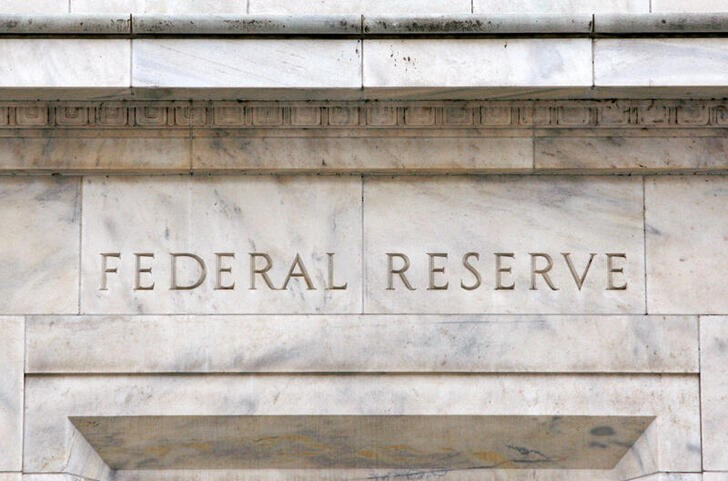
According to CME Group’s (NASDAQ:CME) closely-monitored FedWatch Tool, markets are currently pricing in a nearly 95% chance the central bank chooses to slash rates by a quarter-percentage point from its current range of 4.75%-5% after its upcoming two-day gathering.
In September, the Fed cut rates by an outsized 50 basis points, largely in an attempt to bolster the labor market during a time of waning inflationary pressures.
Since then, data has pointed to fading — albeit lingering — price growth and broad resilience in job demand.
An inflation metric closely monitored by the Federal Reserve slowed as expected in the year to September, potentially bolstering the case for the central bank to slash interest rates again this year.
The personal consumption expenditures price index decelerated to a 2.1% annual increase during the month, cooling from an upwardly-revised reading of 2.3% in August. The figure was in line with economists’ estimates. On a monthly basis, the index sped up slightly to 0.2% from 0.1% in August, matching projections.
Meanwhile, the so-called “core” metric, which strips out more volatile items like food and fuel, came in at 2.7% annually — faster than expectations of 2.6% and equaling August’s pace. Month-on-month, it accelerated slightly to 0.3%, meeting expectations.
Commerce Department data also showed core PCE at 2.2% in the third quarter, easing from a prior reading of 2.8% but faster than projections of 2.1%, while headline PCE cooled to 1.8%.
On the employment front, the US economy added far fewer jobs than anticipated in an October, although the figures were impacted by devastating recent hurricanes and ongoing labor actions. Nonfarm payrolls rose by 12,000 during the month, falling from a downwardly revised 223,000 in September. Economists had expected a reading of 106,000.
Separately on Thursday, weekly claims for first-time unemployment benefits dipped to 216,000 from 228,000 in the prior week.
Earlier in the week, private payrolls for October unexpectedly jumped to 233,000, pointing to resilience in the labor market despite a string of potential disruptions from devastating hurricanes and ongoing strikes. The all-important nonfarm payrolls report is due out on Friday.
Crucially, these are some of the final economic indicators that will be made available to voters prior to the Nov. 5 US presidential election. Issues like high food and housing costs remain front of mind for many Americans, with many viewing the state of the economy as poor, according to a poll from the Associated Press-NORC Center for Public Affairs Research.
The US economy grew at a slower than expected rate in the third quarter despite signs of waning inflationary pressures and solid wage gains, an advance estimate of gross domestic product from the Commerce Department showed on Wednesday.
“Since the Committee last met, US economic activity has generally surprised to the upside and suggested ongoing resilience,” analysts at Wells Fargo said in a note to clients.
To read the full article, Click Here
